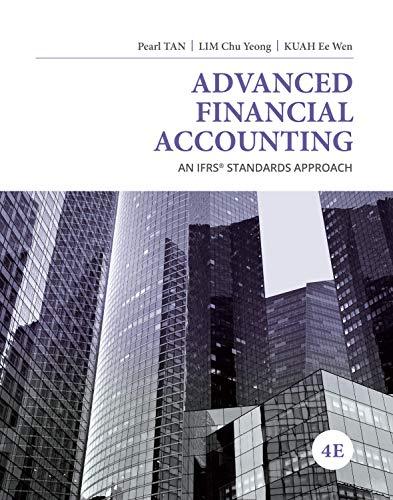Question
Lincoln Steel Company produces automobile bumpers, sold for $90 per bumper. Cost data are as follows: Materials cost is $42.00, labor cost is $14.00, and
Lincoln Steel Company produces automobile bumpers, sold for $90 per bumper. Cost data are as follows: Materials cost is $42.00, labor cost is $14.00, and allocated overhead is $26.25 per unit.
Each bumper includes one unit of mounting hardware. The mounting hardware has materials cost of $12 and labor cost of $1.60 (these numbers are included in the values provided earlier for the bumper as a whole). Each unit of the mounting hardware takes 0.20 machine hours (12 minutes) to make. All other work for the bumper (attaching the hardware and such) takes 1.55 machine hours (=1 hour 33 minutes) for a total of 1.75 machine hours (1 hour 45 minutes) per bumper including mounting hardware.
Lincoln allocates overhead based on labor cost and estimates that 2/3 of the allocated amount represents fixed manufacturing costs. Defining capacity in terms of machine hours, it estimates that it can make up to 155,000 bumpers per year (including making the mounting hardware).
Indiana automobiles has offered to supply as many units of mounting hardware as needed for $16 per unit.
(a)Suppose that Lincoln is operating at a volume of 120,000 bumpers per year.What is the profit impact of accepting the offer from Indiana Automobiles?
(b) Suppose that Lincoln is operating at a volume of 155,000 units per year and it can sell all the bumpers it makes. Thus, if it accepts the offer from Indiana Automobiles, it can use the freed-up capacity to make and sell additional bumpers. What is the profit impact of accepting the offer from Indiana?
(C)This part is independent of the above two parts. Consider an existing capacity resource such as a machine whose capacity is measured in hours it can be realistically operated in a year. In some months, the machine is idle for a few hours because of lack of demand. At other times, demand is high and available machine capacity is not enough. In such instances, let us say additional machine hours are "purchased" from a nearby machine shop to meet the demand. Suppose the company receives a special job that requires some machine time. Briefly answer the following questions.
i.In "costing" this special job, how much would you charge for machine time if the machine is idling? Why?
ii.In "costing" this special job, how much would you charge for machine time if the machine is being fully utilized? Why?
iii.Most companies allocate fixed costs to products and jobs using some allocation basis such as machine hours (as you have seen in the class). Would you use this method to "cost" the special job? Why or why not?
Step by Step Solution
There are 3 Steps involved in it
Step: 1

Get Instant Access to Expert-Tailored Solutions
See step-by-step solutions with expert insights and AI powered tools for academic success
Step: 2

Step: 3

Ace Your Homework with AI
Get the answers you need in no time with our AI-driven, step-by-step assistance
Get Started


